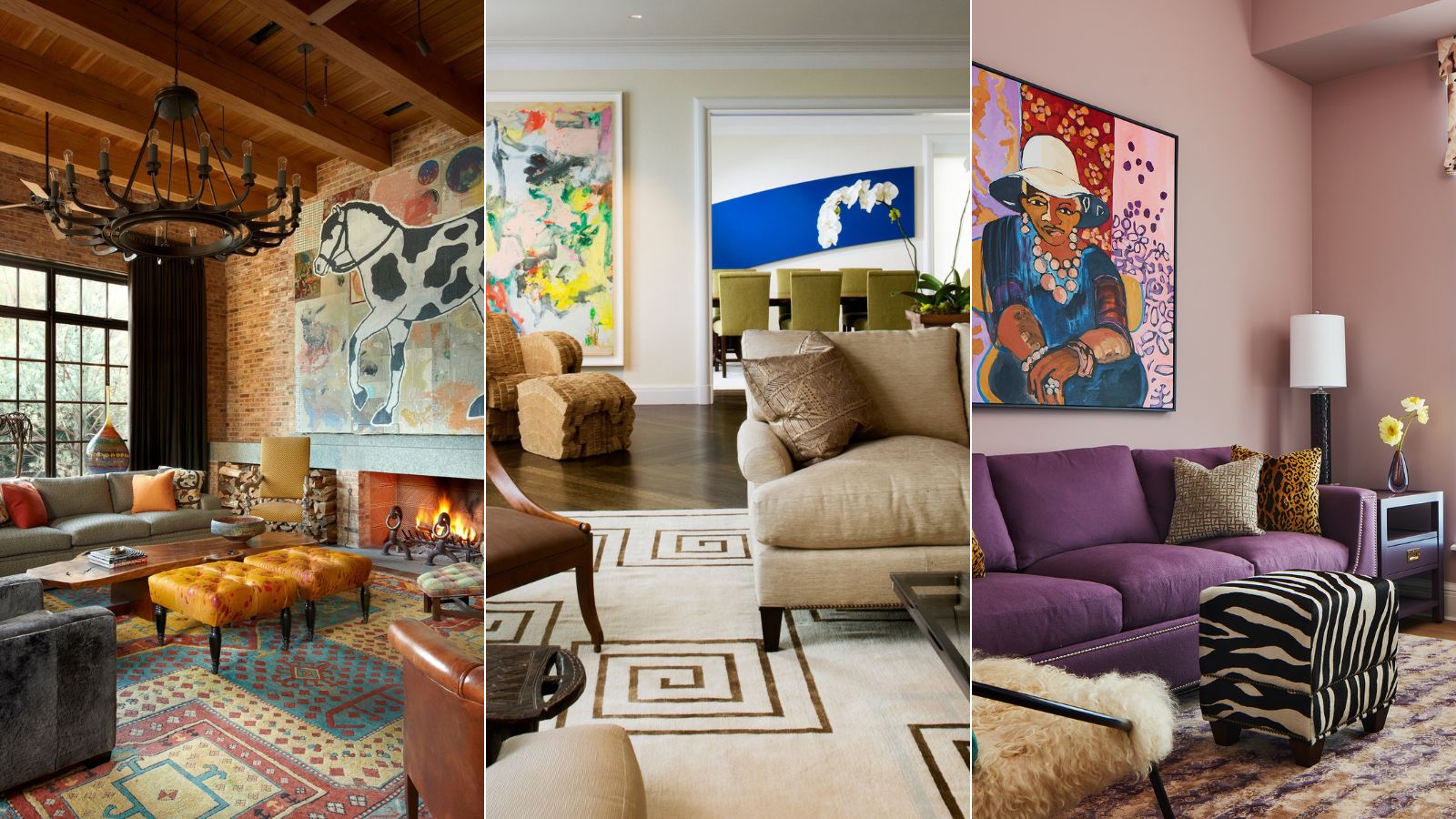
As an interior designer I know that art has the power to transform any space, adding depth, character, and visual appeal to a room.
Whether you are a collector or simply looking to incorporate art into your home, these are my top tips to help you use art as the finishing touches in an interior or shape a space to suit a collection.
1. Start with a focal point

When designing a space around a collection of art, it's essential to identify a focal point. This could be a particular piece of art or a specific area of the room that you want to draw attention to. Once you have identified your focal point, you can design the rest of the space around it. This will help you decorate with art to create a cohesive look and ensure that your art collection is displayed in the best possible way.
2. Consider the color scheme

When selecting artwork for your space, it's essential to consider the color scheme of your interior design. Artwork can be used to complement or contrast with the existing color palette of a room.
For example, if you have a neutral color scheme, you could use a bold, colorful piece of artwork to add a pop of color and interest to the space.
3. Consider the scale

The scale of artwork is an essential consideration when incorporating it into your interior design. Larger pieces of artwork can make a bold statement and become a focal point in a room, while smaller pieces can be used to add interest and depth to a space.
When selecting artwork, it's important to consider the scale of the room and the furniture that will be in it to ensure that the artwork fits proportionally.
Design expertise in your inbox – from inspiring decorating ideas and beautiful celebrity homes to practical gardening advice and shopping round-ups.
4. Mix and match styles

Mixing and matching different styles of artwork can add interest and depth to a room. For example, you could combine contemporary and traditional artwork or a combination of objects to create a unique and eclectic look. Be sure that the artwork you choose complements each other and works together to create a cohesive look.
5. Consider lighting

Proper lighting ideas can help bring out the colors and textures of your artwork and make it more visually appealing. Consider using accent lighting to highlight specific pieces of artwork and ensure that the lighting complements the overall design of the room.
6. Think: placement

Artwork can be displayed in a variety of ways, including on walls, shelves, or even on a table or the floor. When deciding where to place artwork, consider the size and scale of the piece, as well as the overall design of the room.
7. Use artwork as the finishing touch

Whether it's a statement piece or a collection of smaller pieces, artwork can add the perfect finishing touch to a room. When using artwork as the finishing touch, it's important to consider the overall design of the space and ensure that the artwork complements it.

Chicago-based Bruce Fox Design is known for compelling interiors that defy duplication, exceed expectations and are a testament to Bruce’s discerning eye and exacting standards. Equally inspired by the 'art of nature' and 'the nature of art', his evocative, richly layered compositions reflect Bruce’s appreciation for authentic materials, fine craftsmanship and objects that record traces of time and the mark of human hands. With 25+ years of expertise, Bruce Fox Design’s projects range from country estates and second homes to primary city and suburban residences.
